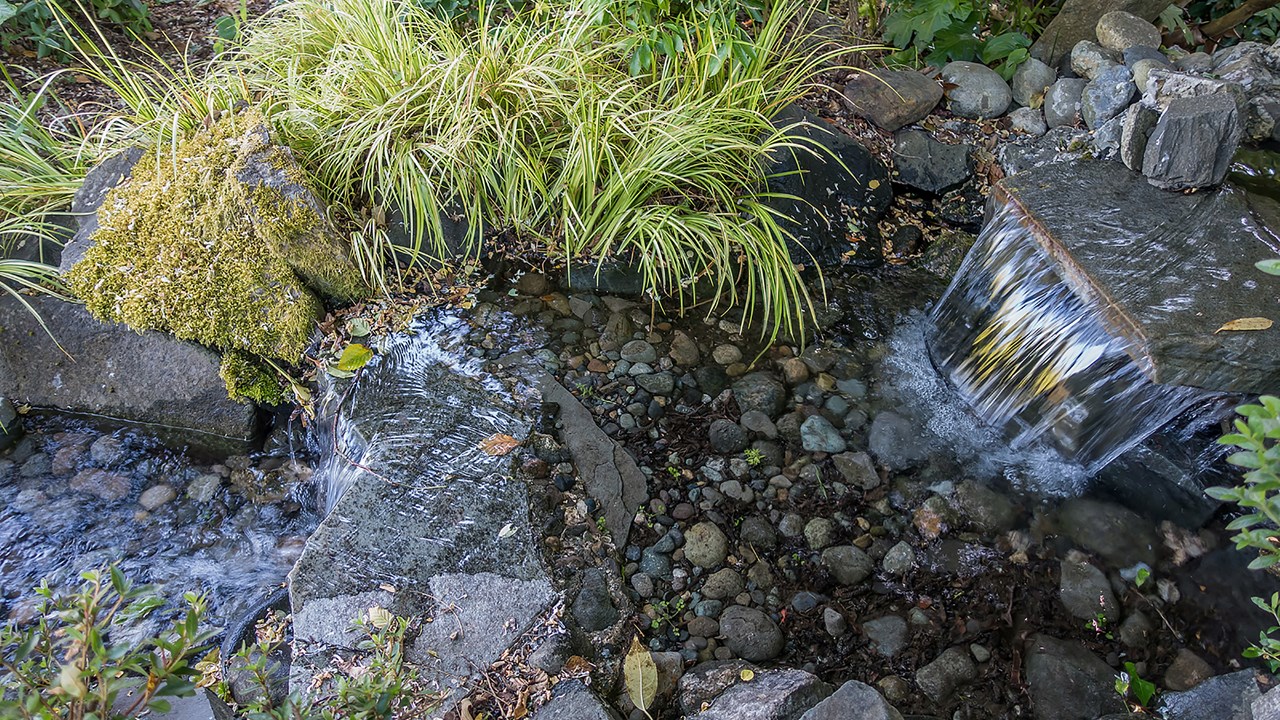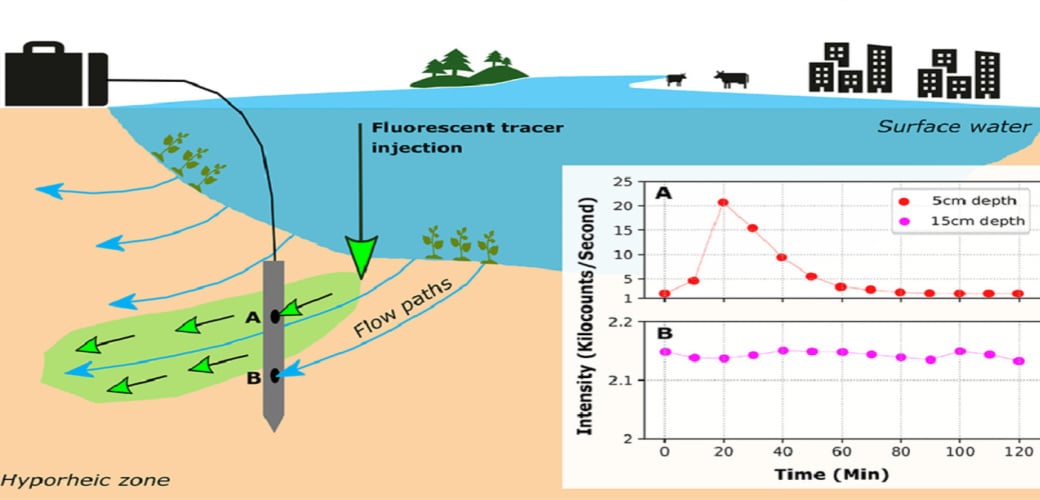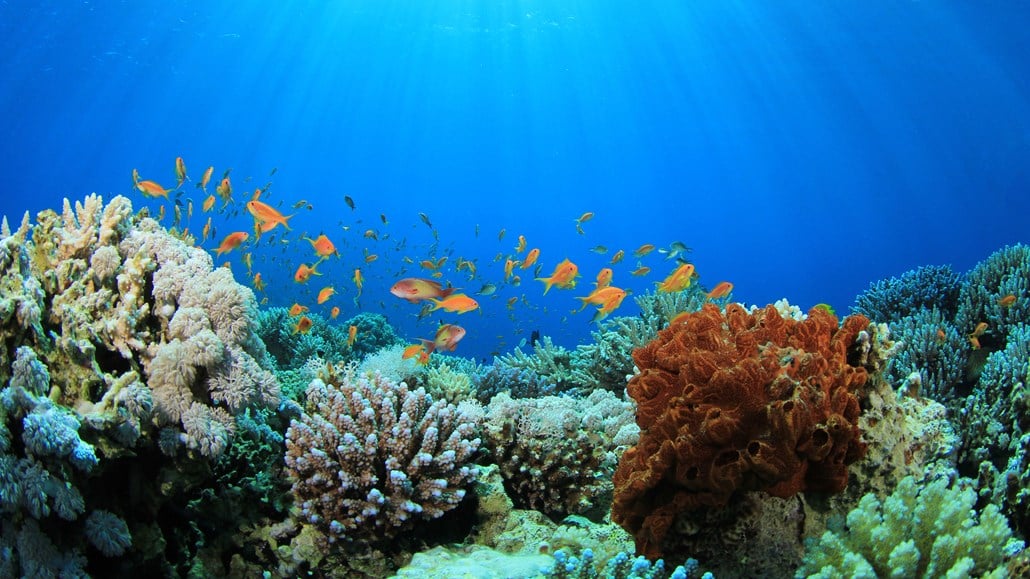Developing a more robust, reliable water quality sensor to better preserve ecosystem health
- Environmental
- Fluorescence
- Spectrometers

Ocean Insight and university researchers in Germany and Australia have collaborated on a fiber optic fluorescence sensor for analysis of subsurface waters that overcomes limitations of existing optical sensing tools
Challenge
Monitoring the chemical, physical and biological characteristics of surface waters is important to understanding overall ecosystem health. Of particular interest is the hyporheic zone, the area between stream waters and the aquifer, where subsurface flow patterns can be studied using fluorescent tracers.
Optical fluorescence sensors are ideal for monitoring sediment pore water (water that occurs in the spaces between sediment particles) in the hyporheic region and discerning flow patterns from these tracers, but existing sensor options have mechanical and sampling challenges that affect measurement reproducibility.
Insight
By taking advantage of the flexibility and sensitivity of an Ocean Insight QE Pro spectrometer, and with our assistance in formal analysis of spectral test data, the multidisciplinary research team developed a robust new fluorescence sensor. The sensor overcomes limitations associated with existing instrumentation, including the effects of turbidity and interference from gas bubbles. This makes reproducible, in situ measurements possible, which are critical for providing a more comprehensive understanding of ecosystem health.
Solution
As a compact, modular setup, the combination of Ocean Insight spectrometer, LED and bifurcated fiber assembly fit into a field case that also housed the research team’s hydraulic valve system, automated pump and other components. The team has conducted successful lab and field testing of its system for real-time measurement of the fluorescent tracer uranine, a form of fluorescein dye often used in groundwater testing. Additional development will make the system smaller, more flexible and fully automated.
In Situ Fluorescence Measurements in Sediment Pore Water

Image Source: Advances in Water Sources, ScienceDirect. https://www.sciencedirect.com/science/article/abs/pii/S0309170820311854
Beyond its application in monitoring what’s going on beneath the surface of streambeds and river systems, the fluorescence sensor system could be adapted for similar analysis of other natural waters, drinking water production and sewage treatment filtration.
The present study demonstrates the proof of concept for a robust fluorescence sensor system that performs reproducible in situ measurements in sediment pore water with high temporal and spatial resolution.
References
Höhne, A., Mellerowicz, K., Lischtschenko, O., Lewandowski, J. A novel device for in situ point measurements of fluorescent tracers in sediment pore water, Advances in Water Resources, Volume 148, February 2021, 103827.
Lischtschenko, O. SpectroNet Collaboration Conference video presentation, Spectral Sensing and Imaging for Optical Characterization of Materials, Mobile Sensing of In-ground Water Flow Patterns, 16 March 2021.

